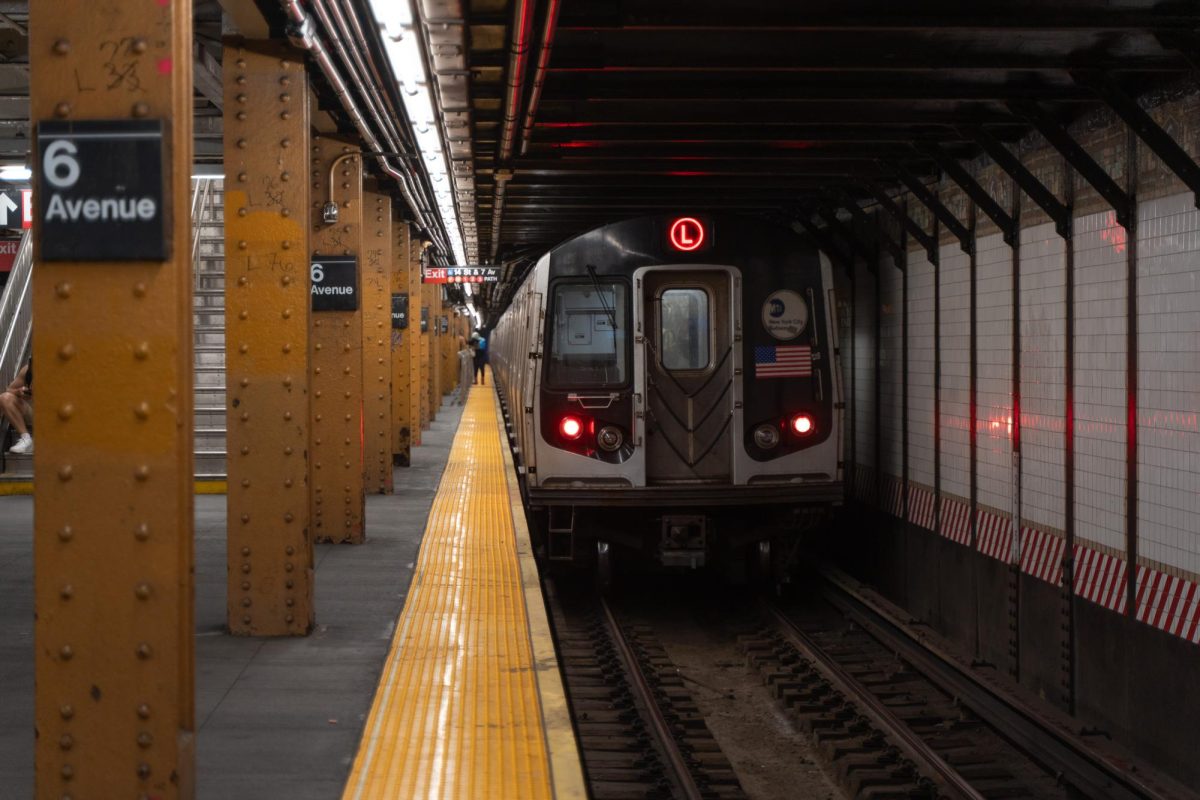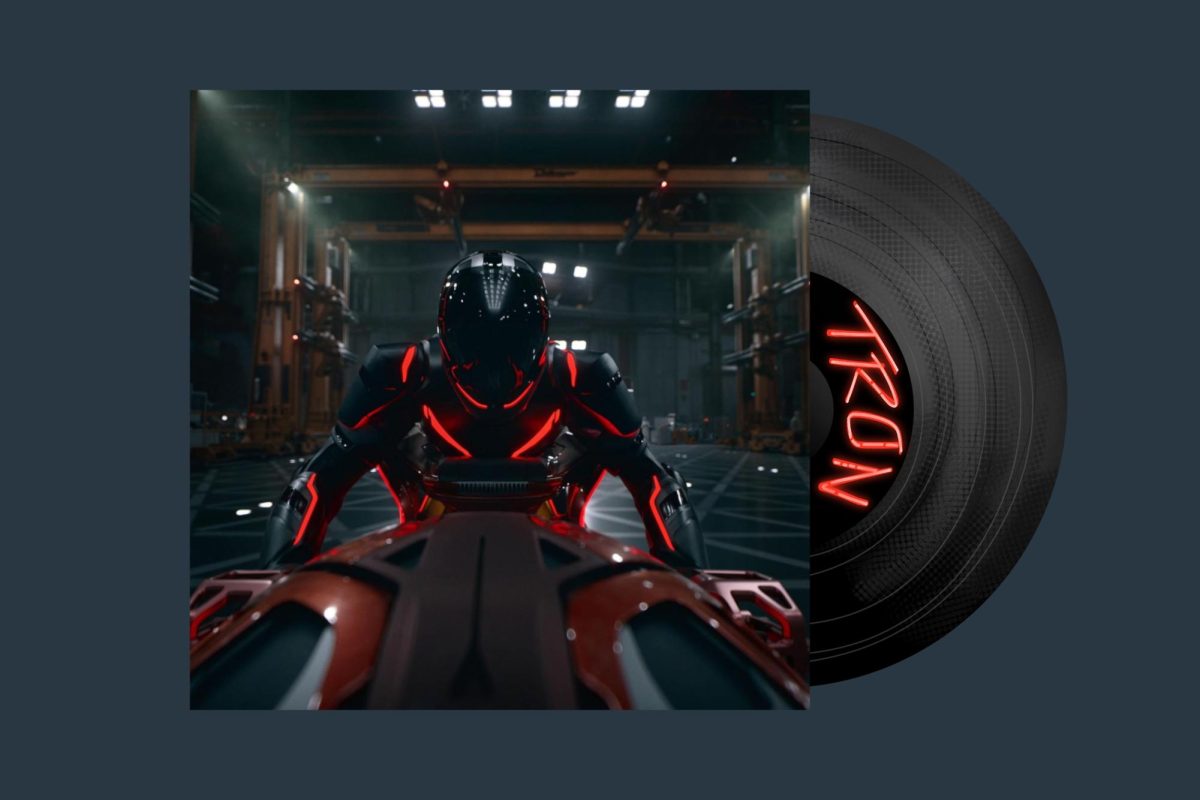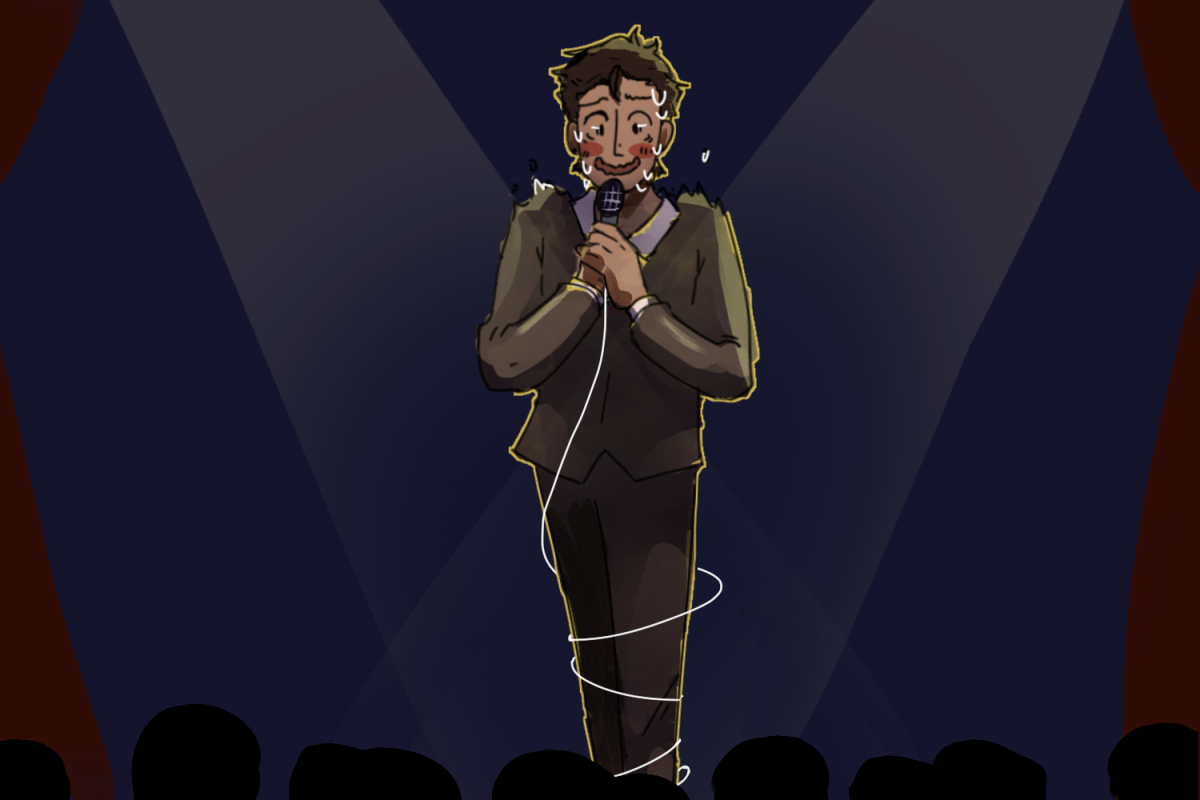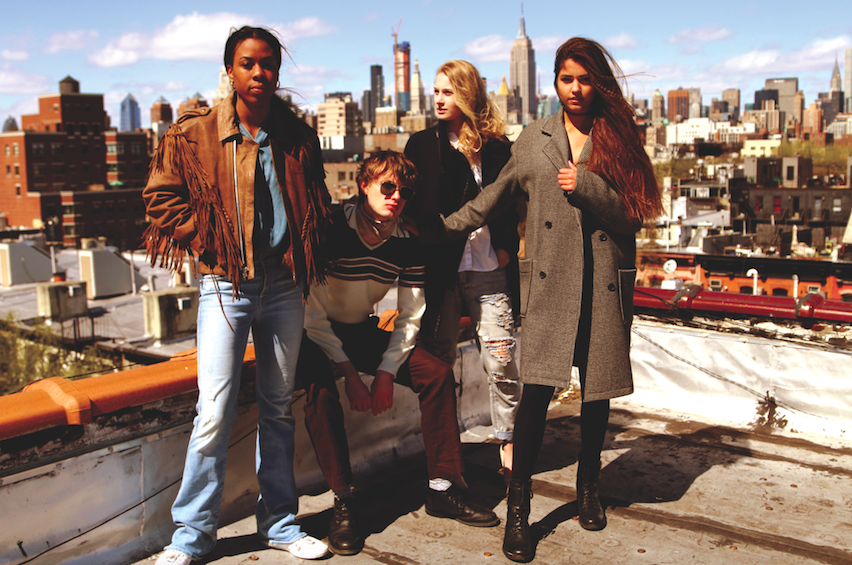Fourth-Wave Feminism
Intersectionality is the study of how overlapping social identities and systems of oppression relate to one another. This facet of contemporary fourth-wave feminism is the crucial cornerstone for the inclusion of transgender individuals, people of color and body diversity that is so necessary in today’s fight against patriarchy.
The fashion industry has fostered female creativity and self-expression since its inception. Today, women continue to be some of the most influential people in the industry. Designers like Phoebe Philo, Rosie Assoulin and Sandy Liang create coveted pieces that empower the female body while Man Repeller’s Leandra Medine and StyleLikeU’s mother-daughter duo Lily Mandelbaum & Elisa Goodkind create a space for female voices to be heard in the world of fashion.
Unfortunately, the world of fashion has perpetuated gender-biased norms of society that persist season after season. Fortunately, as fast as the fashion world moves, it can begin to change those norms with just one collection, and that is no more present than in today’s global, digital age. Little by little, the fashion world is realizing how imperative it is to recognize the validity of all genders, all races, all bodies and all selves as expressive and creative beings in this world of performative dress.
As transgender presence expands in mainstream culture, the fashion world has had a helping hand in increasing awareness. For their Spring 2014 campaign, Barneys New York cast an entire transgender team of models. This presence of trans-inclusivity has grown in the media quite swiftly, but the trans community is largely unseen in other fields, such as design. Gogo Graham, a local New York designer, aims to combat that with a celebration of the trans body through her edgy and stunning collections for which she also exclusively casts trans models.
Men can be feminists with their closets today, too. Since Alessandro Michele’s first collection for Gucci, the menswear industry has seen a major swing into androgynous, genderqueer aesthetics. While womenswear certainly had its moments to appropriate menswear in the past, today’s fashion era is largely welcoming of all things feminine for men. For example, in a recent Spring 2016 campaign, luxury house Louis Vuitton included the precocious Jaden Smith donning a leather motor-chic skirt to much acclaim. While this media representation is a step up, a real-world implementation is even more important for action. Genderqueer fashionistas are gaining more prominence than ever with blogs such as Qwear and DapperQ as they promote individual style for those who “transcend social norms through fashion performance and gender expression,” as Qwear’s online mission states.
As for the inclusion of race, progress is sluggish but budding. Standout womenswear brands like Cushnie et Ochs and Harbison have gained popularity for black designers Carly Cushnie and Charles Elliott Harbison, the latter among whose clients include Beyonce. Harlem’s Fashion Row spotlights multicultural designers to break the industry standard of a white majority. Past collections have included The Fashion Deli (by creative director Thulare Monareng) and Telfar (by creative director Telfar Clemens), shining a well-deserved spotlight on these and many other designers of color.
Along with racial injustices, a lack of trans-inclusion and a minority presence of genderqueer aesthetics, the fashion world still has much to pursue in reaching its incredibly diverse community. With the means of technology and inclusive dialogue that the millennial generation of feminist consumers can utilize, it is up to the future carriers of this wave to not only celebrate the victories we are making but also continually push for what more we can do to make fashion the ultimate feminist.
Email David Bologna at [email protected].






















































































































































